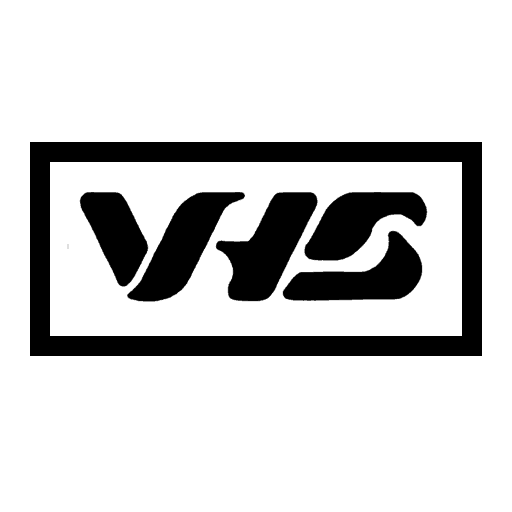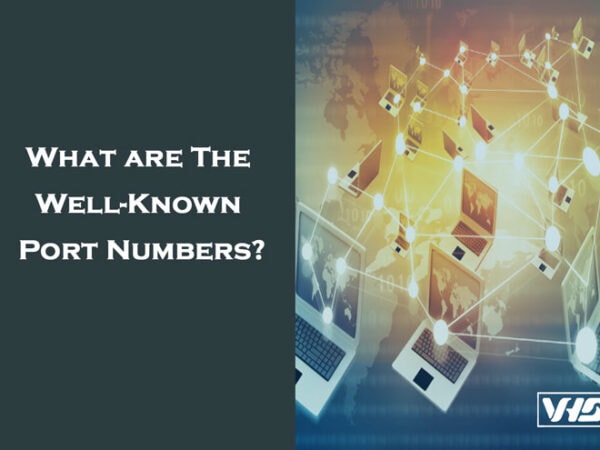A port number is a 16-bit numeric value that oscillates between 0 and 65535. There are three different types of port numbers: well-known ports, registered ports, and dynamic ports. Therefore, making port numbers an essential part of network communication. Consequently, make sure to review these while studying for your next certification (CCNA or CompTIA Network+).
First of all, these port numbers are reserved by ICANN. The Internet Committee for Assigned Names and Numbers and oversees the use of Internet domains. These well-known ports are used by your computer application to communicate. This communication is established using the Internet’s Transmission Control Protocol (TCP) or the User Datagram Protocol (UDP).
How does a port work?
Firstly, let’s begin by clarifying that a computer has two types of ports physical ports and network communication ports. A physical port allows computers to communicate with peripheral devices. It is defined as a computer point of entry for communication. Consequently, a physical port is where communication begins or ends on a physical device. A physical port’s basic job is the reading and transmission of data.
On the other hand, a network communication port allows communication between computers on a network. They are provided by the TCP or UDP protocols at the Transport layer. These port numbers are used to determine what protocol incoming traffic should be directed to.
Types of communication ports
The three types of communication ports are well-known ports, registered ports, and dynamic ports.
- Well-known ports cover the range of possible port numbers from 0 through 1023.
- Registered ports are numbered from 1024 through 49151.
- Dynamic ports or private ports are numbered from 49152 through 65535.
Here are the Common Network Ports you need to know before your CCNA or CompTIA Network+ exam.
Well-Known Port Numbers Cheat Sheet
| Port | Service name | Description |
|---|---|---|
| TCP/20 TCP/21 | File Transfer Protocol (FTP) | Sends and receives files between systems |
| TCP/22 | Secure Shell (SSH) | Encrypted console login |
| TCP/22 | Secure FTP (SFTP) | Secure File Transfer |
| TCP/23 | Telnet | Remote console login to network devices |
| TCP/25 | Simple Mail Transfer Protocol (SMTP) | Transfer emails between email servers |
| UDP/53 | Domain Name System (DNS) | Convert domains into IP address |
| UDP/67 UDP/68 | Dynamic Host Configuration Protocol (DHCP) | Automated IP addressing and configuration |
| UDP/69 | Trivial File Transfer Protocol (TFTP) | A very simple file transfer applications |
| TCP/80 | HyperText Transfer Protocol (HTTP) | Web server communication |
| TCP/110 | Post Office Protocol (POP3) | Receive mail into a mail client |
| UDP/123 | Network Time Protocol (NTP) | Synchronize Clocks |
| TCP/143 | Internet Message Access Protocol (IMAP4) | A newer mail client protocol |
| UDP/161 | Simple Network Management Protocol (SNMP) | Gather statistics and manage network devices |
| TCP/389 | Lightweight Directory Access Protocol (LDAP) | Communicate with network directories |
| TCP/443 | Hypertext Transfer Protocol Secure (HTTPS) | Web server communication with encryption |
| TCP/445 | Server message block (SMB) | Windows file transfers and printer sharing |
| TCP/636 | Lightweight Directory Access Protocol Secure (LDAPS) | LDAP over SSL |
| TCP/3389 | Remote Desktop Protocol (RDP) | Graphical display of remote device |
| H.323 | ITU Telecommunication H.32x protocol series | Voice over IP signaling |
| TCP/5060-5061 | Session Initiation Protocol (SIP) | Voice over IP signaling protocol |






